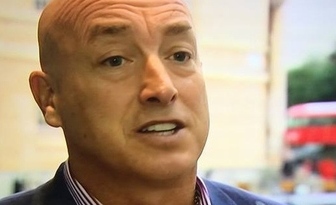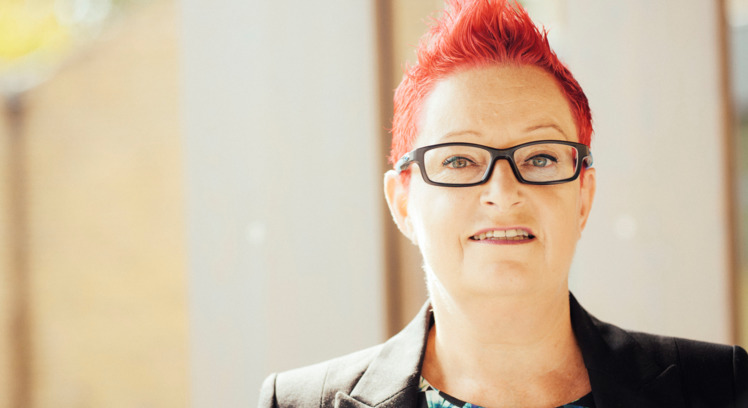Life-saving fabrics and Google Glass are the must-haves at London’s Wearable Futures fest.

Exhibiting with fifty other innovators at the annual gathering in Ravensbourne, the digital university in North Greenwich, textile designer Lauren Bowker showed her responsive textiles – cloth that changes colour to show that the wearer is feeling ill, or suffering the effects of pollution. She calls herself a Materials Alchemist and combines chemistry, biology and electronics in her work, exhibiting in unusual venues rather than on the catwalk.

Responsive
Bowker is one of a group of innovators who are creating a digital design factory at Somerset House, the art gallery next to the river Thames in central London. Called the Makerversity, this newly-refurbished space will be equipped with 3D printers, digital knitting machines and other specialist kit. The aim is to encourage a large cluster of up to two hundred digital makers to work together. It is the brainchild of Tom Tobia, who has been working for months with a group of young volunteers to clear the space, paint it and recruit the first makers to take up residence. He calls it a ‘factory’ and hopes to incubate a new wave of British manufacturing, echoing the first Industrial Revolution.
Google Glass
Early adopters of wearable technology flaunted their gadgets at the Wearable Futures show and Jet Busrawi was proud to show off his Google Glass. In his household is perhaps the earliest adopter of this tiny computer mounted on lensless spectacle frames. Jet’s two year old son wears the gadget to film his adventures on a scooter and playtime with friends. But Jet himself is still not convinced that he has achieved the full potential of Google Glass and has convened a group of fellow wearable-tech lovers to share ideas at his company headquarters in London’s Brick Lane. http://www.lbi.com/uk/.

“It’s quite tricky to understand how it’s useful” he muses. “There are no official Google Glass testers – I guess we are all testing it.”
Dogfooding
The Man from Google is more upbeat. Collecting his T3 Technology Award for Innovation, Managing Director of Google UK Dan Cobbley enthused about Glass. FI Editor Peter Warren comments: ‘This technology has been around for a long time – I remember seeing an early prototype at Massachussetts Institute of Technology. It shows that there’s a long lead time for wearable technology and no-one is yet rushing out to buy it. We don’t like technology that invades our personal space so we are more likely to have it on other surfaces such as our car windscreens. The trend for the past 20 years is for technology to be unobtrusive. Nothing’s more obtrusive than Google Glass that is literally ‘in your face’.”
Relax
A truly innovative bit of wearable technology on display at Ravensbourne is Rohan Gunatillake’s ankle-cuffs that gently vibrate to help the wearer to relax and focus. ‘Mindfulness’ is the state of being that it helps to create, and the inventor practises meditation himself and tries to counteract the effects what he calls ‘attentional technology” so that wearers are less distracted and better able to concentrate. http://www.feelrupa.com Unlike the Glass and the fabrics, the Rupa is not designed to be seen. Its aim is to create a feel-good factor, using an accelerometer and a ‘nano muscle constrictor’. Relax…the future is here.







